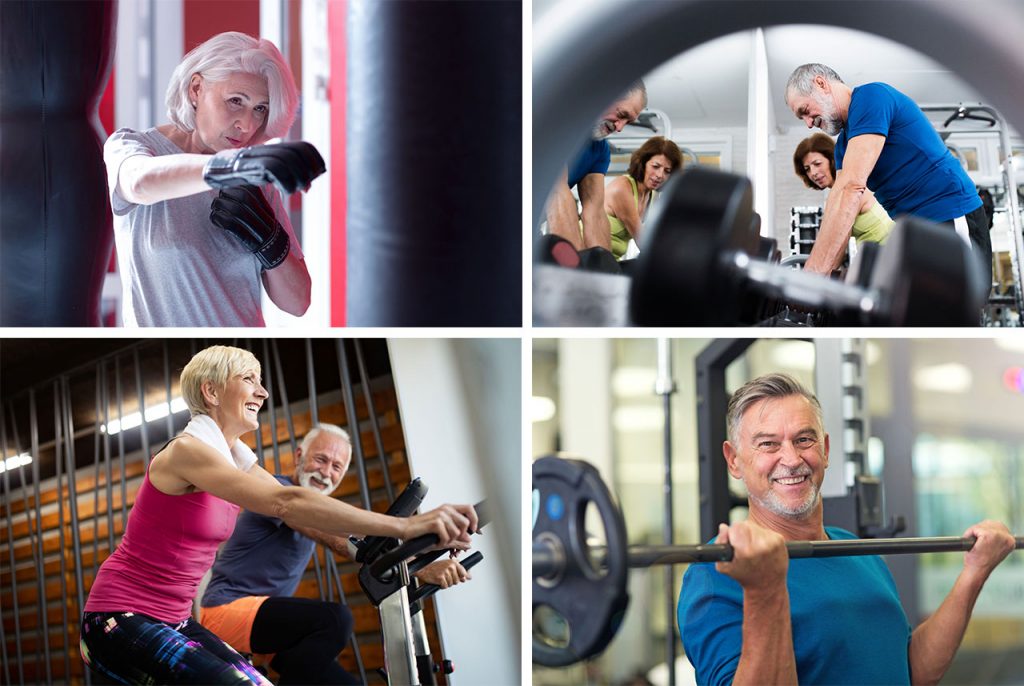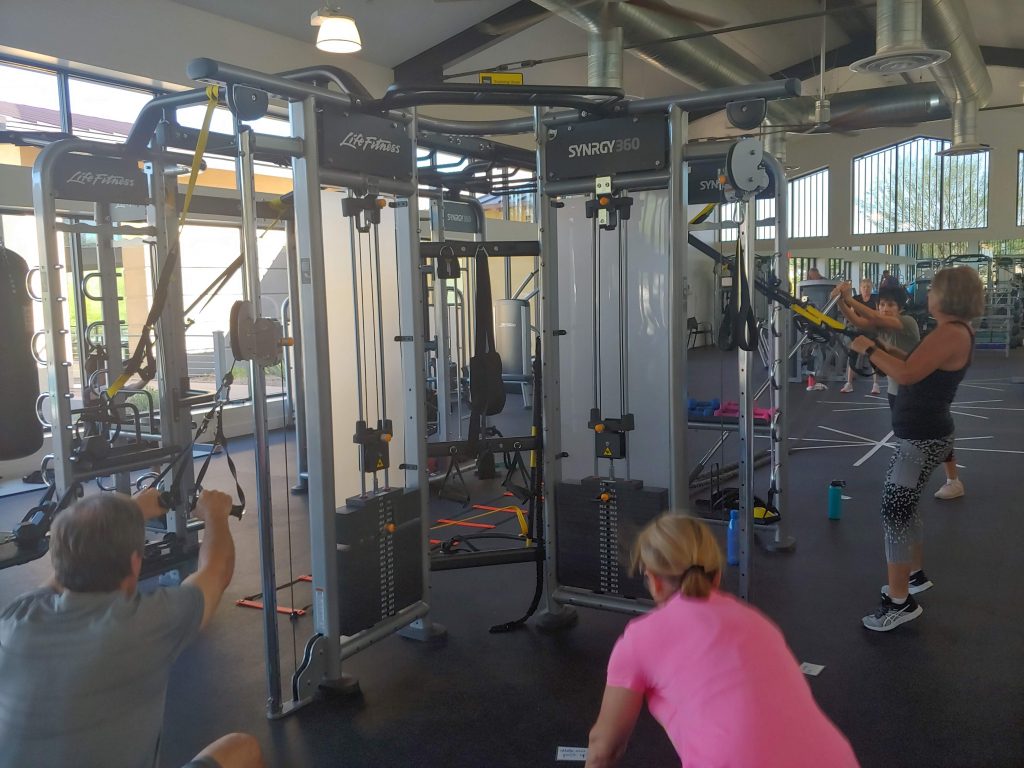No one knows what to call them. All the names are laced with negativity or second-class meaning, and this group is anything but second-class. They are over the age of 55; they are independent, confident and opinionated; there are over 950 million of them; and they command $15 trillion in annual spending. That’s a big community to marginalize, offend or ignore.
“We live in a youth-obsessed culture that is constantly trying to tell us that if we are not young, and we’re not glowing, and we’re not hot, that we don’t matter. I refuse to let a system or a culture or a distorted view of reality tell me that I don’t matter.” – Oprah Winfrey
The terms “senior”, “aging”, “older” or “silver” are tossed around, but all run the gamut from insufficient to insulting. The definition of retired, “to withdraw”, is the antithesis of what this demographic wave is all about, and community leaders who are harnessing the activity level, needs and expectations are thriving. This is particularly evident in the fitness and wellness arenas.
The platinum population is immersing themselves, potentially for the first time, in their own fitness and wellness, and they want to live in communities that help them do that in the most physically, socially and mentally active ways possible.

“I love it when new community members come in, many are starting from scratch,” says Jeannette Dale, Fitness Manager for The Victory Club in Arizona. “They’ve spent the first portions of their life working on their careers and working to raise their families, and now they get the chance to work on themselves. We are the resource hub that they plug into, with classes, equipment and programs that are all focused on fitness and wellness over the age of 55.”
“The fitness facilities are an exclusive benefit for residents of the community,” Dale continues, “And since our members have the time to invest, we’re decently busy all day long. We have every fitness level from first-timers to triathlon competitors. Some love their cardio options, others need to have their free weights. Functional fitness is big and our group training classes are really popular.” It’s a huge growth sector in fitness, as the platinum population has the time, money and motivation to dedicate to personal fitness and wellness, and they’re looking for facilities like The Victory Club that can help them do that.

According to social enterprise and “silver economy” expert Bill Novelli, “This year, the oldest of the baby boomers turns 73, so you’ve got this rapid acceleration of a gigantic cohort moving into their older years.”
Active aging populations are working longer and living longer, and they want to remain active, fit and engaged as long as possible. Think about it. Clint Eastwood and Gene Hackman are both 89 this year. Michelle Pfeiffer and Kevin Bacon are both in their early 60s. They are part of the platinum population that recognizes the benefits of fitness and wellness more than any other time in their lives.
“The current generation of retirees is much more attuned to wellness and fitness than previous generations,” says Deborah Cloud, vice president of public affairs for the Washington, D.C.-based American Association of Homes and Services for the Aging (AAHSA), which reports that the past five years have seen a surge in the number of retirement communities and dependent-care facilities that include either new or retrofitted wellness/fitness centers.
Since fitness is timeless, the goal and the challenge for many communities is to make facilities ageless. Top fitness manufacturers are starting to cater more towards active aging communities with easier-to-operate cardio machines, lower resistance levels and better accessibility. One of the fitness equipment leaders, Life Fitness, looks at equipment design for lower step-up and step-through heights for bikes and treadmills, and better traction options to address balance challenges.

“From exercise equipment engineering and energy-absorbing flooring up to facility layout and design, the fitness industry is looking at how to meet the changing needs of the active aging market,” says Gregg Spieker, president of Advanced Exercise, one of the nation’s leading fitness equipment and design companies. “We’re developing expertise and evolving the equipment and design options like never before, and our clients are retooling their facilities to be more accessible. Today, if you want to see where the innovation and trends in fitness are headed, check out an active aging community fitness center. That’s where it’s happening.”
“Retirement communities are in a competitive field,” Cloud offered. “For a retirement community to compete in the marketplace, it has to offer the services and amenities that consumers are demanding, and certainly wellness centers are one of those things. I would be surprised if there were communities being developed that do not include them.”
Spieker also mentioned the challenge of space. “Some facilities are out of space or needing to rethink what they put where, with functional fitness trends still going strong. How you place equipment matters, so that everything is accessible and fits with the movement needs of fitness center users.”
Outdoor fitness solutions are also becoming popular in active aging markets, as the weather swings allow for more outdoor activity including fitness classes.

“If you truly want to know how to equip and program for active aging fitness, find an expert to help you,” added Spieker. “The trends, technologies and equipment are continually changing, and there are different considerations that don’t match up with the ‘rec-center-for-everybody’ model.”
With the oldest baby boomers now in their 70s, controlling 50% of all the wealth in the U.S., and likely to live another 15 years on average, the fitness and wellness facilities that attract and support them are changing, expanding and updating to stay in step with this active demographic. If you’re a fitness facilities director, and you’re not looking at how to include the aging population, you’re likely behind your competition.
Knowing the different fitness products that work for different populations (and how best to use them in your space and within your budget) can be complex. The Advanced Exercise team stands at the ready to help you embrace an active aging fitness approach or an expansive range of other options for fitness facilities of all types. With strong expertise in designing and equipping fitness spaces for any and all interests, Advanced Exercise consultants can help identify, clarify and create those exceptional community qualities that set your offerings apart from the crowd.
About Advanced Exercise
Founded in 1986, Advanced Exercise is a leading fitness equipment and facility design resource, combining more than 30 years of design expertise with access to top fitness, wellness and recreation equipment brands to help clients create fitness experiences specific to the needs of their distinct communities. Advanced Exercise fitness consultants work with clients to maximize the use of available space in any facility, sourcing the best new or used equipment solutions for diverse ranges of fitness amenity end users. For more information on fitness equipment and facility design services, visit advancedexercise.com or call 800-520-1112 to connect with one of Advanced Exercise’s experts.



